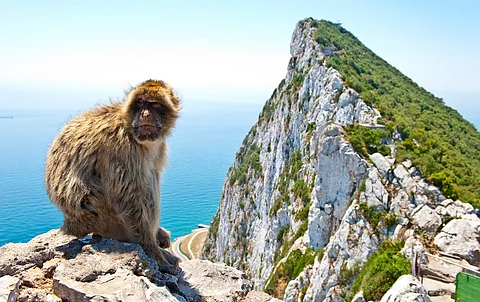

Many species commonly recognised as ‘alien’ or ‘invasive’ are flourishing in their new locations, while they struggle to survive in their original habitats. This situation brings up essential questions for conservation efforts around the world.
A recent study by experts from the University of Vienna and La Sapienza University in Rome, explored the situation of threatened mammals that have developed alien populations globally. The study was published on December 6, 2024, in Journal of the Society for Conservation Biology.
Of 230 alien mammal species examined, researchers discovered 36 that are threatened in their native ranges. These species were categorised into three threat levels, meaning that 17 per cent are Critically Endangered, 25 per cent are Endangered and 58 per cent are Vulnerable.
Most of these species originally reside in Southeast Asia, while their established populations can primarily be found in Australia and parts of Europe.
The most frequent methods of introduction included were hunting, accounting for 94 introductions, farming, with 38 introductions and pet trade, which had 27 introductions. Most of these introductions started around the early 1870s due to hunting, while farming and pet-related introductions happened at different times before and after.
To conduct this analysis, researchers used the Distribution of Alien Mammals database (DAMA), which contains information on 230 of the 242 known alien mammal species worldwide. They focused on identifying threatened mammals classified by the International Union for Conservation of Nature (IUCN) as vulnerable, endangered, critically endangered, or extinct in the wild.
The 36 threatened mammals in the analysis face various threats, including 62 instances of biological resource use, 57 related to agriculture and aquaculture, and 36 involving invasive species.
Conservation measures primarily target managing populations to prevent overexploitation and support recovery through various methods. The key strategy is species management, which involves protecting their habitats and enforcing regulations to limit harmful practices.
One intriguing finding from the study is how including alien populations in global extinction risk assessments can impact categorisation.
For 22 per cent of the threatened mammals, their risk categories changed when alien populations were considered.
For example, one species moved from Endangered to Least Concern because of its thriving alien population.
Other species shifted from Critically Endangered to Endangered, suggesting an improvement due to established alien populations.
While alien populations can serve as safety nets for some species, conservationists face the challenge of ensuring these introductions do not adversely affect local ecosystems. Effective management necessitates careful monitoring to reduce potential negative impacts on local biodiversity.
Some alien populations can serve as vital ‘arks’ for endangered species at risk in their native habitats. Healthy populations of animals like the European rabbit and the Barbary macaque could provide crucial backups against species losses in their original ranges.
However, conservation strategies must prioritise protecting native species while considering the beneficial role alien populations can play in survival efforts.
Study author, Lisa Tedeschi, doctoral student at Division of Bio-Invasions, Global Change & Macroecology, Department of Botany and Biodiversity Research, University of Vienna, Vienna, Austria, told Down To Earth that the study’s findings prompt a re-evaluation of how to manage alien mammal populations and protect local ecosystems.
According to Franz Essl, corresponding author of the study, while the primary focus must remain on protecting species within their native ranges, there is a growing possibility that many species could face extinction threats in their native habitats while having better survival prospects in foreign regions.
Furthermore, projections indicate that an increasing number of species will be introduced to various global locations, presenting conservationists with the challenging task of weighing opportunities against risks.
Tedeschi emphasised an important point in managing alien species: the need to focus on genetic diversity and take precautions when looking at how these populations fit into conservation efforts. It is important to understand that alien species are not inherently good or bad; the real issue lies with populations that have become invasive.
To find out if alien populations can help conservation, careful assessments are necessary. These assessments can help create lists that guide conservationists on which species can be used safely, without causing harm to local ecosystems.
Looking ahead, there are many paths for future research to help us understand the relationship between alien species and native ecosystems better. This includes monitoring and management to ensure that alien populations are part of systematic programmes, as every time they are moved, there are ecological risks that need to be evaluated.
Other key areas for research involve cost-benefit analysis, examination of invasion debt, evaluation of relocation feasibility, and conducting thorough impact assessments to develop effective conservation strategies.
Tedeschi highlighted some challenges in using the International Union for Conservation of Nature Red List such as outdated information, making it crucial to conduct updated assessments for informed decisions.